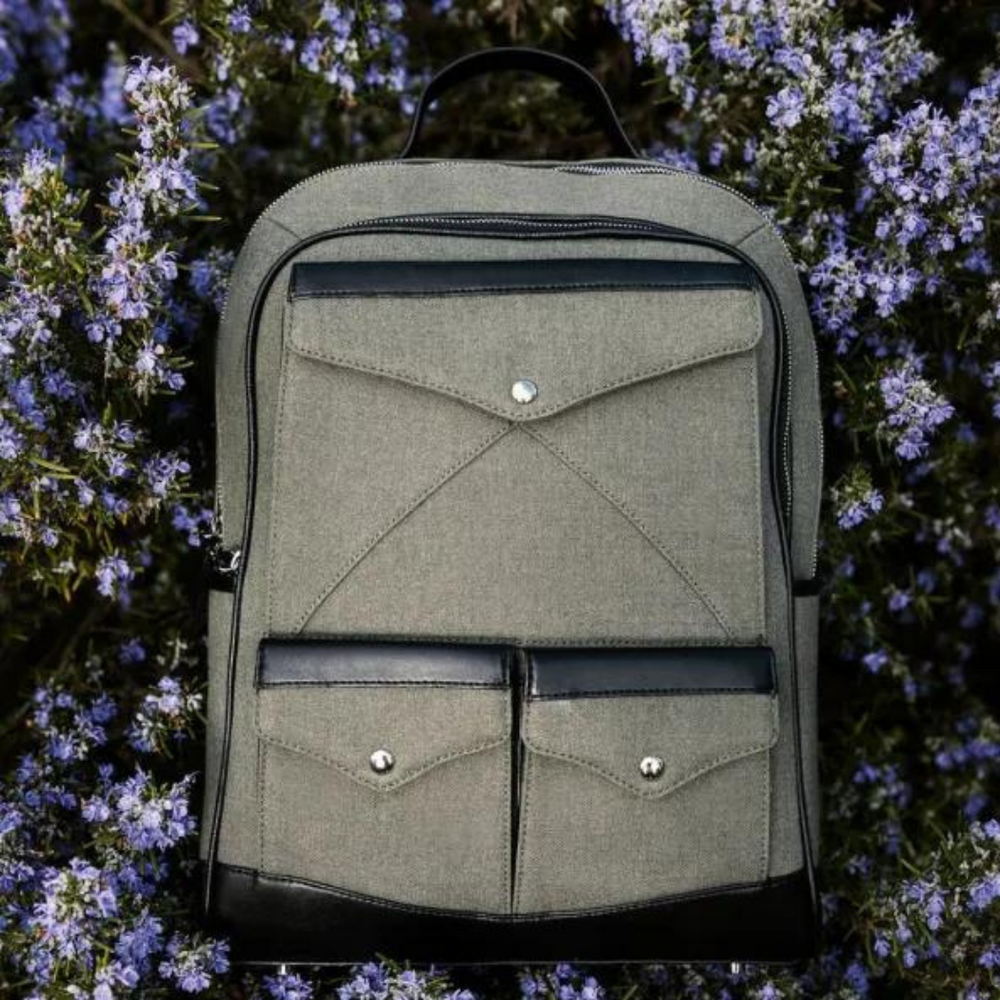The Influence of Clothing on Cultural Identity: Unveiling the Threads of Diversity
Posted on March 26 2024

In the rich tapestry of human existence, clothing serves as more than just a utilitarian garment. It weaves together threads of tradition, heritage, and personal expression to create the intricate fabric of cultural identity. From the vibrant saris of India to the elegant kimonos of Japan, clothing reflects the unique customs, values, and histories of diverse societies worldwide.
Understanding Cultural Significance
Clothing is deeply intertwined with cultural identity, serving as a visual marker of belonging and heritage. In many societies, traditional attire is not merely a fashion choice but a symbol of cultural pride and continuity. For example, the colorful patterns and intricate embroidery of Mexican huipil convey the rich indigenous heritage of the wearer, while the flowing robes of a Middle Eastern thawb embody centuries of tradition and religious significance.
Expressing Identity Through Fashion
In today's globalized world, clothing also serves as a canvas for personal expression and identity. Fashion trends emerge as individuals blend cultural influences with modern styles, creating unique sartorial expressions that reflect their multifaceted identities. Whether it's donning a traditional garment during cultural celebrations or incorporating ethnic motifs into everyday attire, fashion allows individuals to celebrate their roots while embracing contemporary trends.
Bridging Communities Through Style
Clothing has the remarkable power to bridge cultural divides and foster understanding among diverse communities. Through the exchange of fashion and style, people from different backgrounds can find common ground and celebrate the richness of cultural diversity. Events like fashion weeks and cultural festivals serve as platforms for showcasing traditional attire from around the world, fostering dialogue, and promoting cross-cultural appreciation.
The Impact of Globalization
While globalization has led to increased cultural exchange and fusion, it has also raised questions about cultural appropriation and authenticity in fashion. The commodification of traditional attire can sometimes dilute its cultural significance, leading to debates about respect, ownership, and representation. It is essential for fashion industry stakeholders to approach cultural exchange with sensitivity, acknowledging and honoring the origins of the designs and techniques they incorporate.
Preserving Heritage Through Clothing
In the face of globalization and changing fashion trends, efforts to preserve traditional clothing and craftsmanship have become increasingly important. Organizations and artisans work tirelessly to safeguard indigenous techniques and revitalize traditional garments, ensuring that future generations can continue to celebrate their cultural heritage through clothing. Initiatives such as fair trade practices and sustainable fashion also promote ethical consumption while supporting communities that rely on traditional craftsmanship.
Vegan bags represent a modern manifestation of cultural identity through fashion. These bags, crafted without the use of animal products, not only align with ethical and environmental values but also reflect a cultural shift towards sustainability and compassion. By choosing vegan bags, individuals can express their commitment to both personal style and global responsibility, showcasing how clothing choices can embody cultural values and ideals.
Conclusion: Celebrating Diversity Through Clothing
In conclusion, clothing plays a pivotal role in shaping cultural identity, serving as a tangible expression of tradition, personal identity, and collective heritage. From the intricate weaves of indigenous textiles to the bold designs of contemporary streetwear, fashion reflects the vibrant diversity of human culture. By embracing and celebrating the cultural significance of clothing, we can foster greater understanding, respect, and appreciation for the myriad identities that enrich our global community.
In a world where cultural exchange is inevitable, let us recognize the power of clothing to unite us in celebration of our shared humanity, one stitch at a time.
FAQ's
How does clothing contribute to cultural identity?
- Clothing serves as a visual marker of belonging and heritage, reflecting the unique traditions, values, and histories of diverse societies. Traditional attire often carries deep cultural significance, embodying centuries of craftsmanship and symbolism.
How does globalization impact cultural identity in fashion?
- Globalization has led to increased cultural exchange and fusion in fashion, with individuals blending traditional and modern styles to create unique sartorial expressions. However, it also raises questions about cultural appropriation and the commodification of traditional attire.
What role does clothing play in bridging communities and fostering understanding?
- Clothing has the power to bridge cultural divides by serving as a common ground for diverse communities to celebrate their heritage. Events like fashion weeks and cultural festivals provide platforms for showcasing traditional attire, promoting dialogue, and fostering cross-cultural appreciation.
How can individuals preserve cultural heritage through clothing?
- Efforts to preserve cultural heritage through clothing include initiatives to safeguard indigenous techniques, revitalize traditional garments, and promote fair trade practices. By supporting sustainable fashion and ethical consumption, individuals can contribute to the preservation of cultural diversity.
What are the ethical considerations surrounding cultural exchange in fashion?
- Ethical considerations in cultural exchange include respecting the origins of designs and techniques, avoiding cultural appropriation, and supporting fair trade practices. It is essential for fashion industry stakeholders to approach cultural exchange with sensitivity and promote authentic representation of diverse cultures.